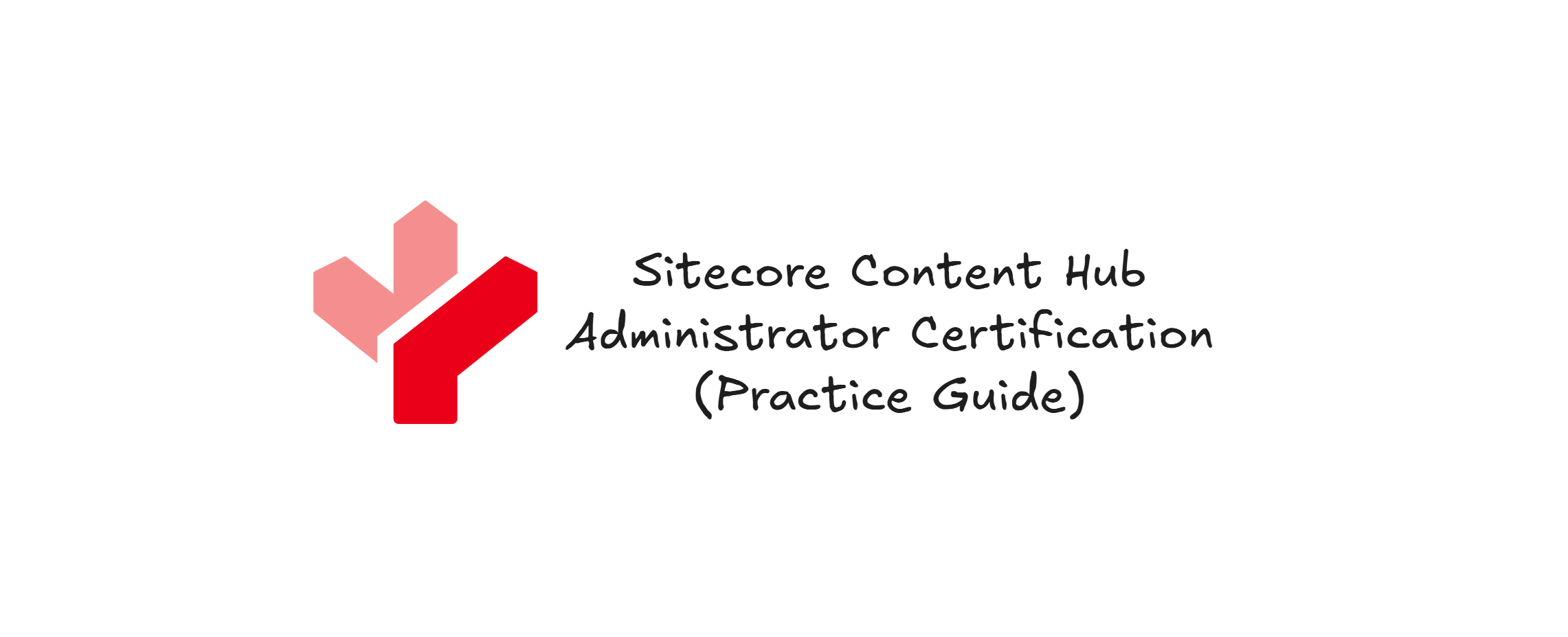
Intro
I recently passed the Sitecore Content Hub Administrator Certification and want to share my experience — especially what areas of Content Hub you should focus on to prepare effectively.
There’s already plenty of information about what to expect and how to get ready, but this guide focuses on what to explore hands-on in the Sandbox to increase your chances of passing.
Check out these helpful videos:
- Tips for Passing Sitecore Content Hub Certification Exams
- Sitecore Content Hub Administrator Certification
- Sitecore Content Hub Admin Certification | Introduction | Tips & Tricks
Competencies and Preparation
The exam covers the following key competencies:
- Asset Management in Content Hub DAM
- Content Hub DAM Configuration
- Security & Rights Management for Content Hub DAM
- State Flow Configuration with Content Hub
- Content Creation & Management with CMP
- Project Management with MRM
Where to Start
Begin with the Content Hub for Administrators e-learning course on learning.sitecore.com.
Also, get access to a sandbox to explore the platform in practice.
To go beyond the basics and prepare for the exam, check the sections below.
Asset Management in Content Hub DAM
Entities (Schema)
Entities are the foundation of Content Hub, so explore them thoroughly.
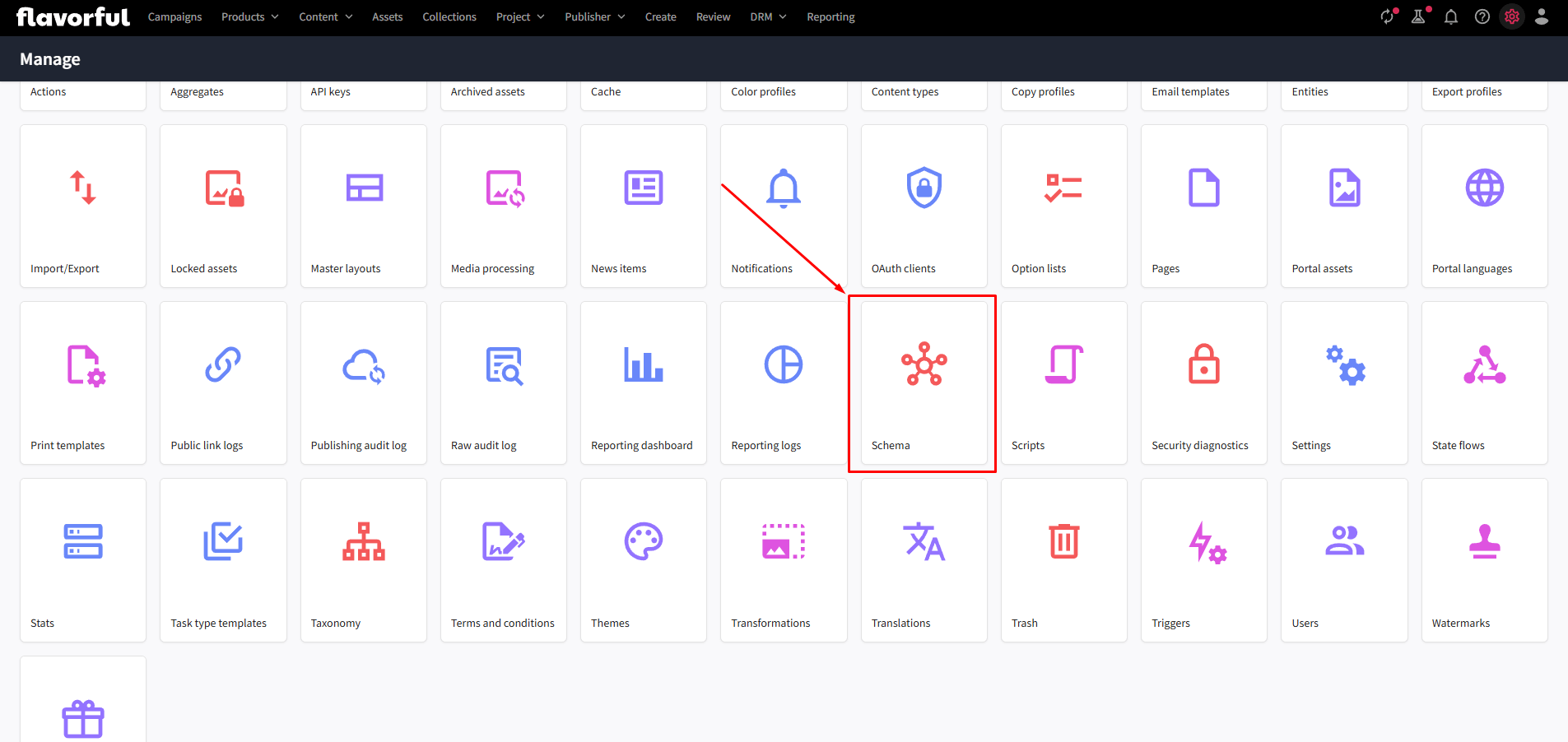
Create custom fields with different settings (conditional validation, field-level security, etc.) to see how they behave.
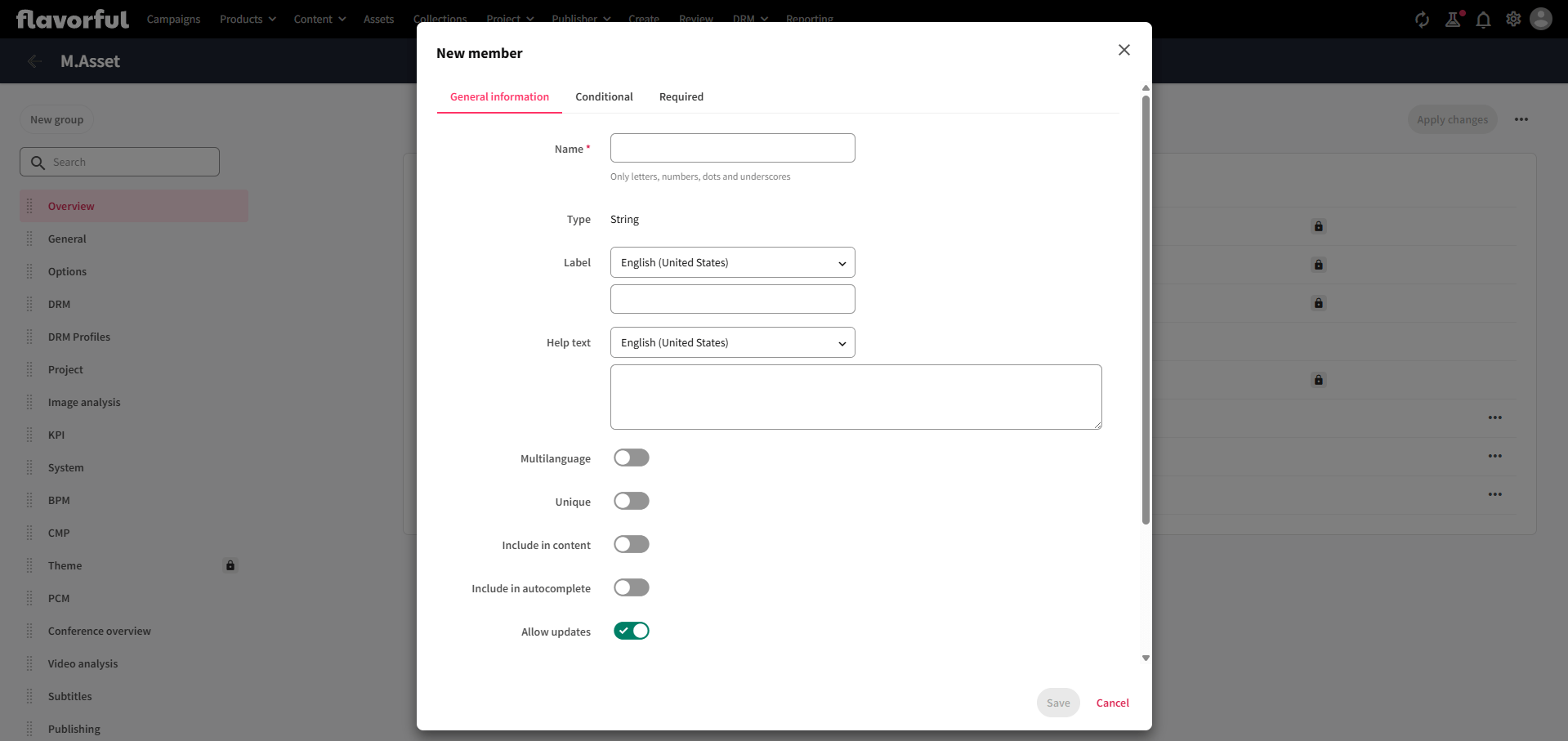
Review the Entity Details pages for various types (Assets, Content, Projects) to understand how data and relations are structured. Learn which repositories are used by DAM, CMP, and MRM, and how they store and organize data.
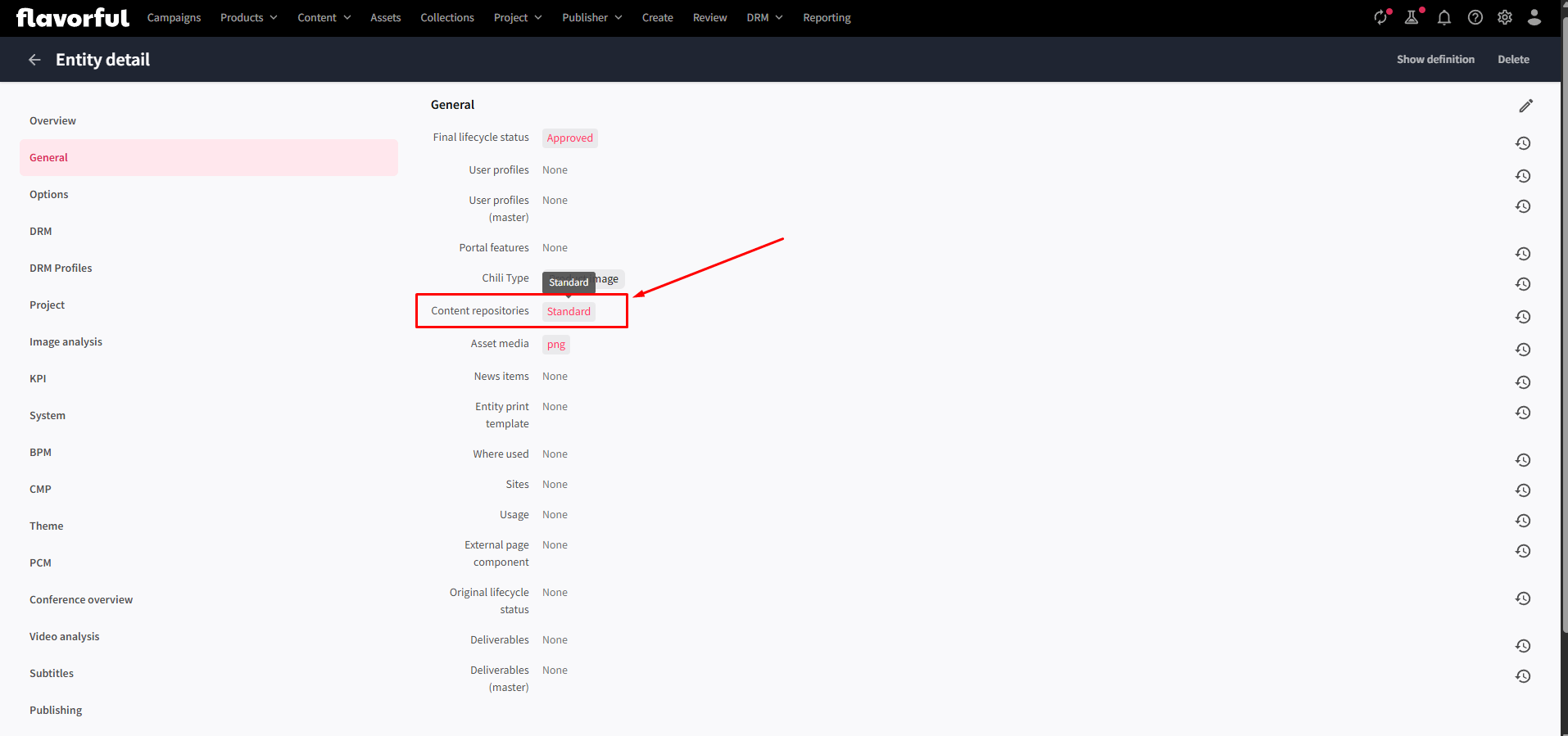
Finally, understand the difference between Option Lists and Taxonomies — both categorize data but differ in search, filtering, and security inheritance.
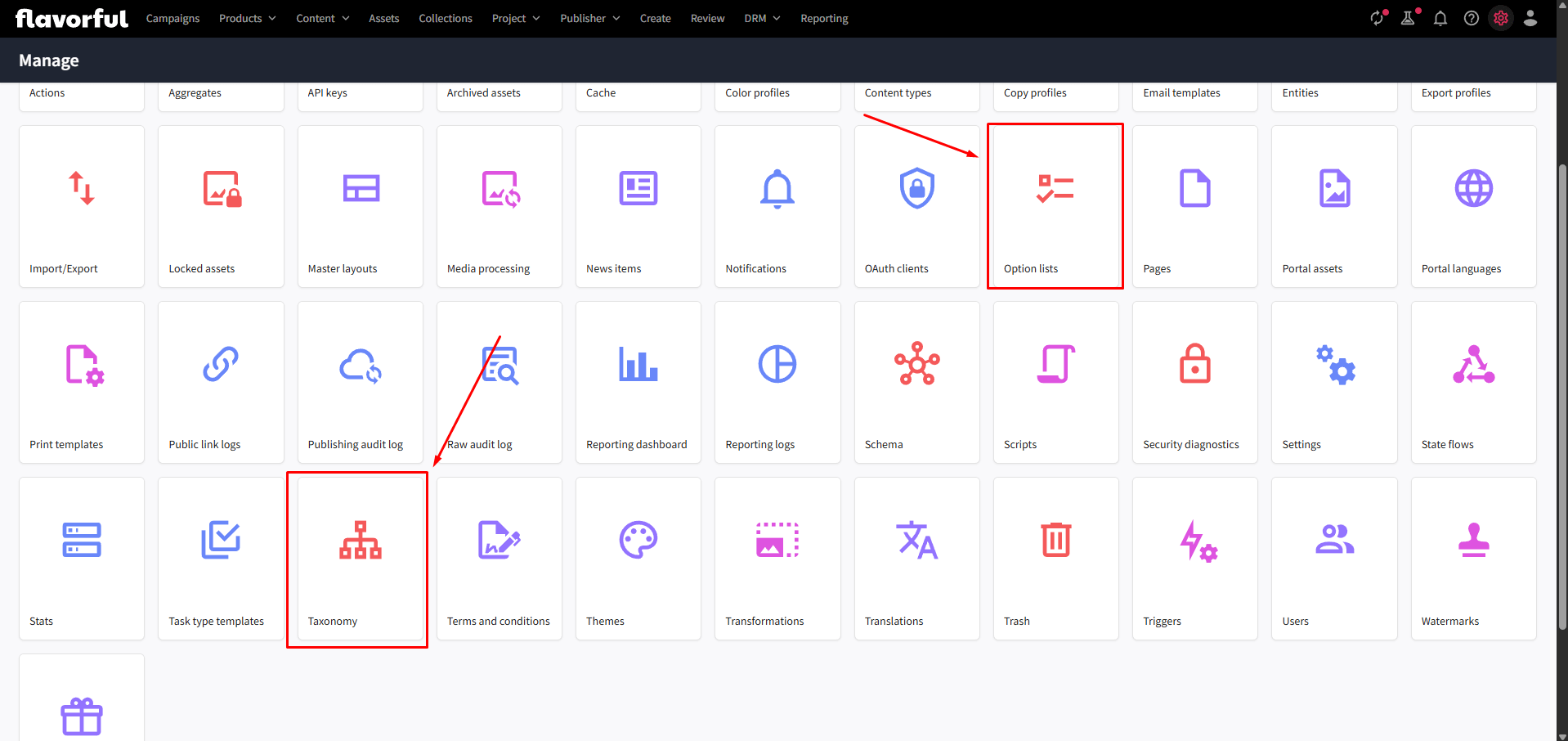
Suggestion: Create a custom entity type, taxonomy, and option list. Add validation and security rules to practice configuration.
Assets
Assets are a major part of the exam. Review all asset statuses in DAM, CMP, and MRM to understand the full lifecycle — from creation to approval and archiving.
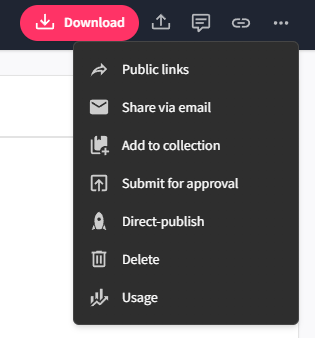
Check the Project Incoming page to see which assets appear there and why.
Study File Storage and export options to learn how files, renditions, and metadata are managed.
Understand the difference between M.File and M.Asset, how duplicates are handled, and how hash values are used (entitymgmt => System section).
Finally, review asset type flags, such as those enabling Azure Vision or ZIP extraction — these often appear in exam questions.
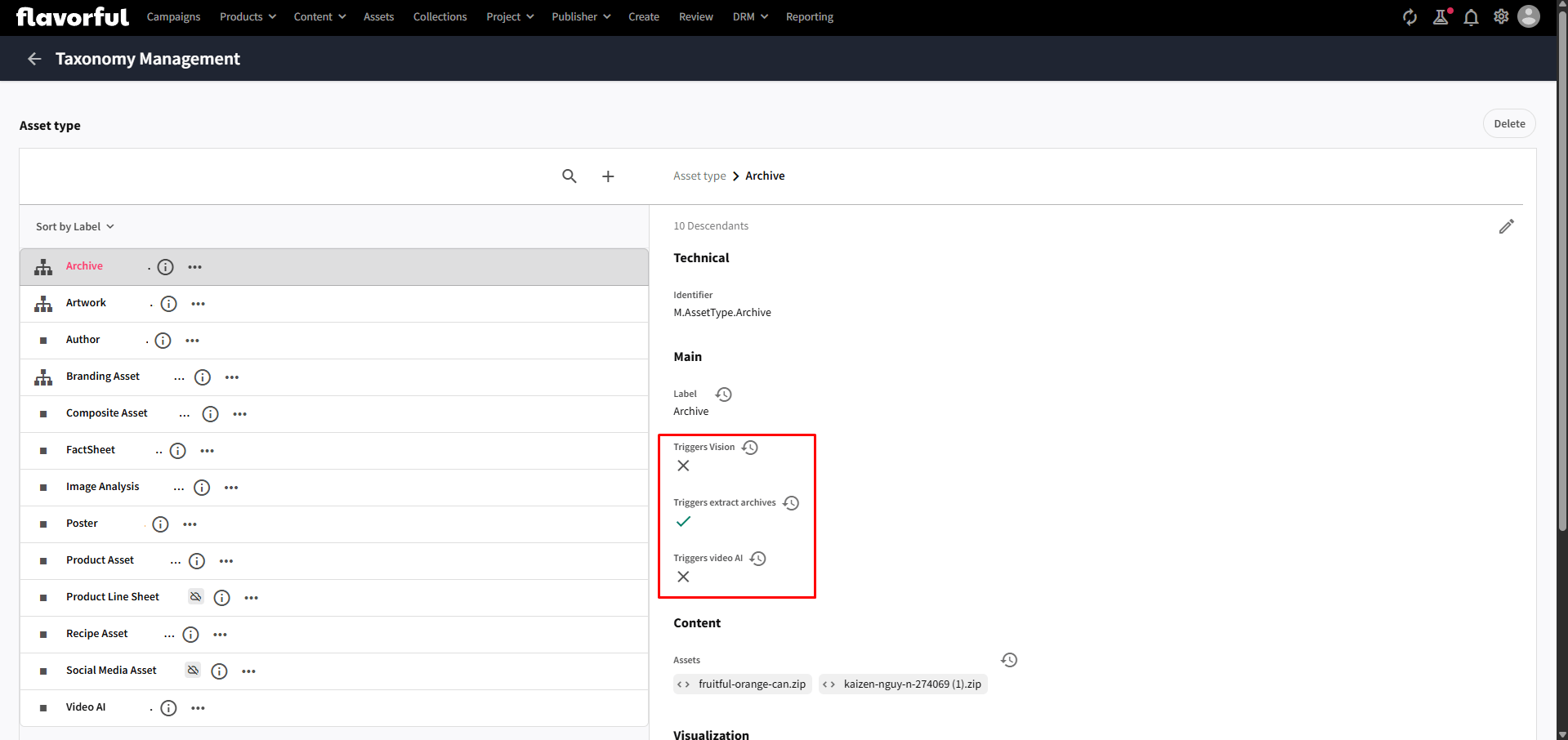
Suggestion: Upload and export assets, import data from Excel, review statuses, and explore the Entity Details for assets and files.
Content Creation & Management and State Flow with CMP
The Content Marketing Platform (CMP) focuses on content lifecycle — from idea to publication. Start by exploring the out-of-the-box (OOTB) state flows provided by Sitecore. Observe each state and transition to understand how ideas become approved content.
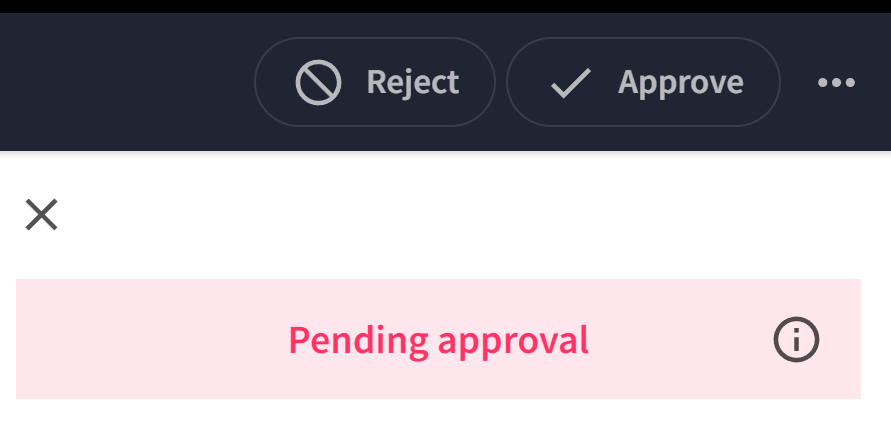
Then create your own custom state flow, noting restrictions when adding states, actions, or conditions.
Next, work with custom content types (e.g., “Blog Article” or “Press Release”). Add relevant fields and assign a state flow to control lifecycle and approval.
Suggestion: Explore entity details in CMP, create a new Content Type, and link a state flow to it.
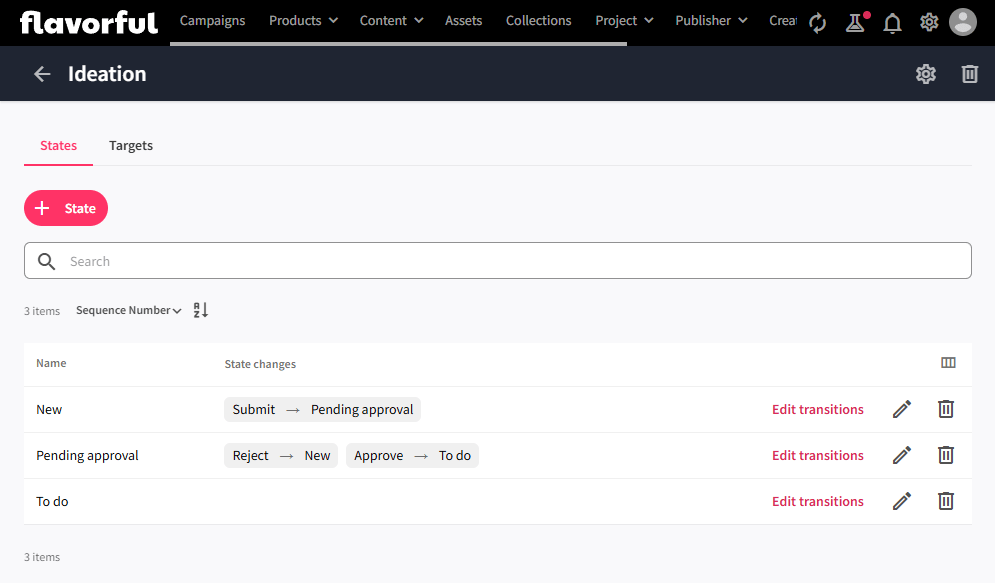
Content Hub DAM Configuration
Explore default pages such as Assets, Create New Asset (Upload), Create New Entity, and Asset Details.
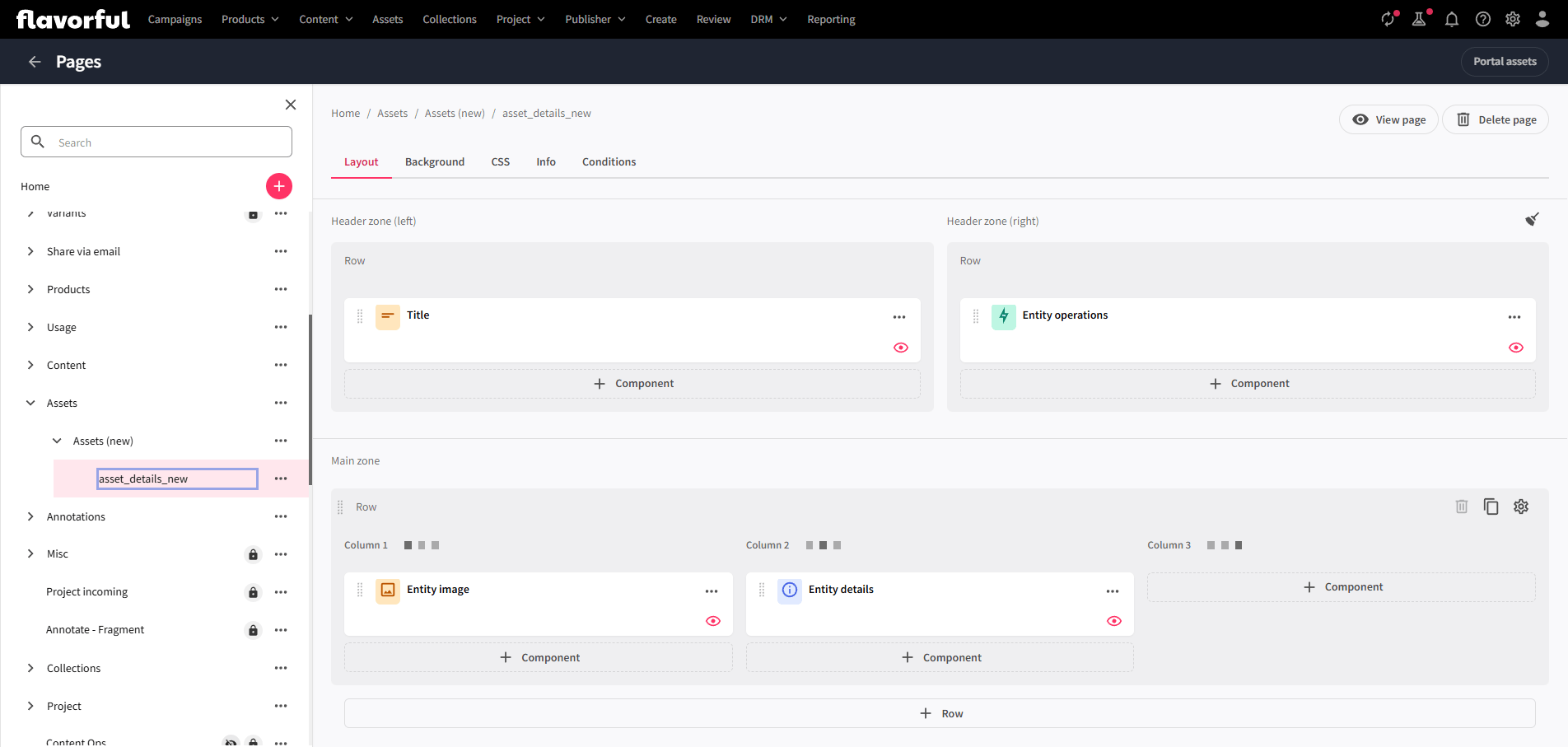
Duplicate and rebuild them to understand how components are structured and configured.
Focus on the Assets page and its Search component — review options for filters, facets, pagination, and sorting.
Also, check CMP pages to see how state flow is displayed and configured within components.
Suggestion: Recreate pages from scratch to practice component setup and configuration.
Project Management with MRM
In the Marketing Resource Management (MRM) module, understand how projects, tasks, and jobs are related.
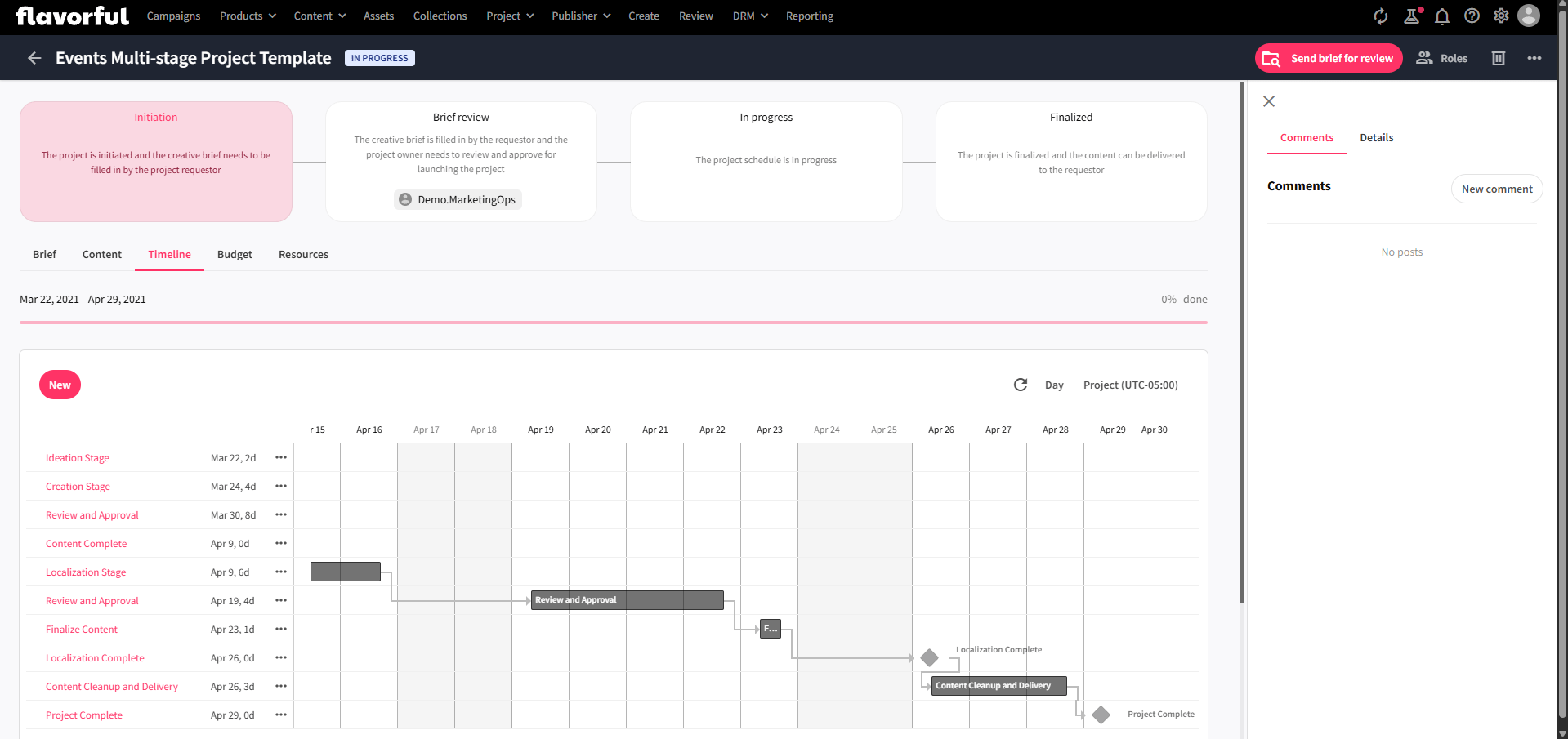
Start by reviewing all available roles (Project Manager, Contributor, Reviewer) to see permission differences.
Create a test project, add tasks, and assign them to users or roles. Compare how tasks differ from jobs in their purpose.
Suggestion: Review entity details to understand how jobs differ from projects.
Security & Rights Management for Content Hub DAM
Experiment with security rules and access conditions.

Create test users and assign them to different user groups to learn about default permissions and access scopes.
Then, configure policy combinations using “When All” and “When Any” options — see how these combinations affect access to entities, pages, and assets.
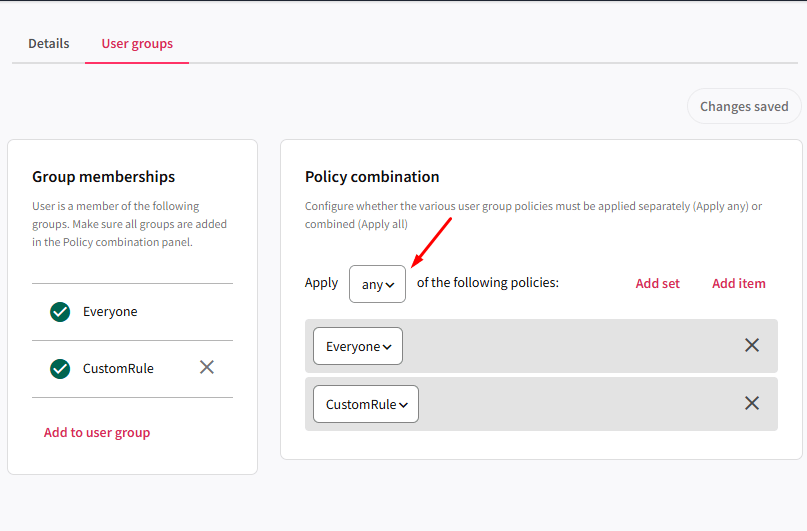
Bonus
Check these questions to test your readiness:
Among these names which are types entity types or taxonomies? If it’s a taxonomy, what are the default values?
M.Asset
M.AssetType
M.AssetMedia
M.File
M.Final.LifeCycle.Status
M.Project.Task
M.Project.Block
M.Content
M.Content.Repository
M.Automation.StateMachine
What are the two main CMP State Flows? Which entities are they related to?
What is the default role every user should have in Content Hub DAM?
If you upload the same PNG twice, how many assets and files are created? Does Content Hub detect identical files?
What are the key differences between Taxonomy and Option List?
What is the purpose of the Start state machine action type?
What’s the difference between Multi-Stage Project, Basic Project, and Jobs?
Which component is used for Asset Search? How do you configure Result List, Facets, and Filters?
Answers are located here.
Conclusion
I hope this guide helps you prepare effectively for the Sitecore Content Hub Administrator Certification.
Good luck with your exam!
